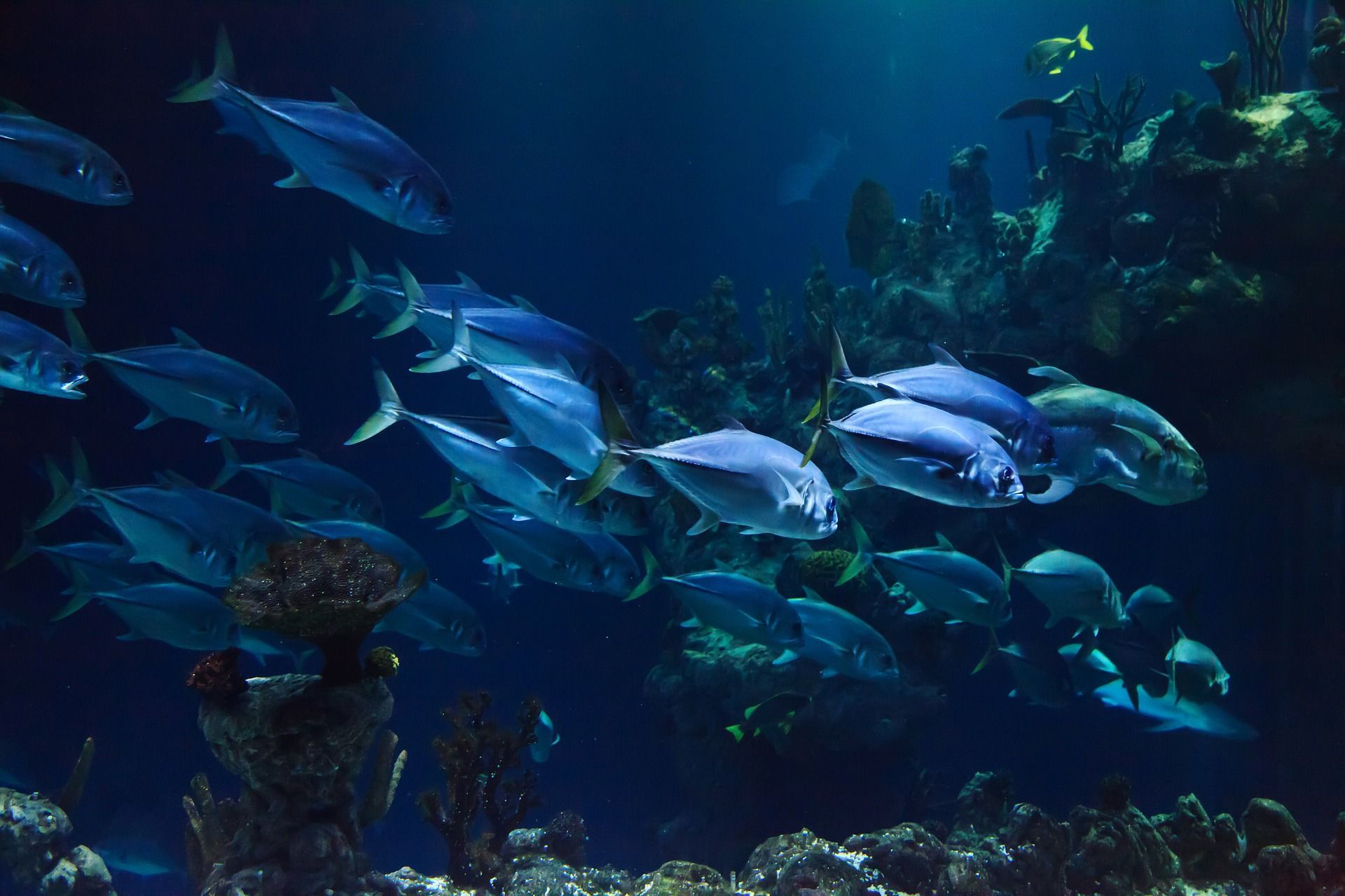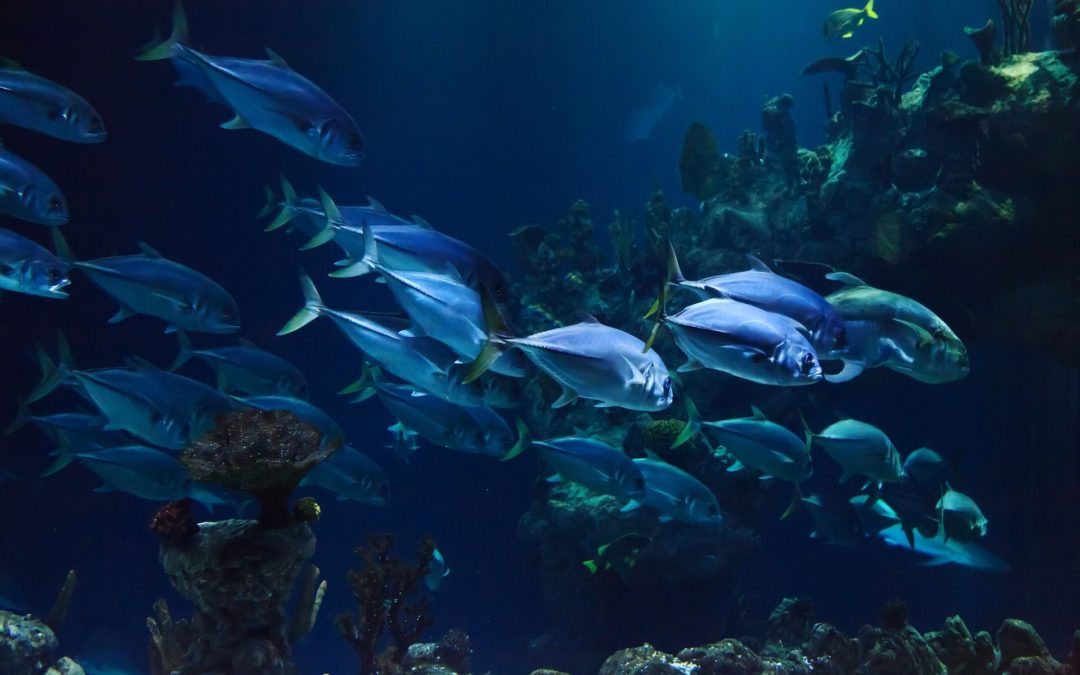
Protected sea areas, where boat traffic and fishing are strictly regulated or prohibited, have tremendously more sprawling marine life than other sea areas.
A study from the University of Plymouth shows that there are 430 percent more fish species in the protected sea areas. If you count the number of fish, there is 370 percent more fish in the areas.
So far, only around seven percent of the world's oceans have some form of protection and less than half of those have strong protection. But many protected sea areas have been added in recent decades, and researchers hope that the study will show decision-makers the benefits of more protected areas.
The researchers conducted their study in Lyme Bay on the English south coast. In 2010, 206 square kilometers of the sea in Lyme Bay was given the status of a protected sea area and researchers have followed the development every year since. The protection means, among other things, that trawling is banned while some sustainable fishing, such as rod fishing, is still allowed.
The result means that all fish species, ranging from starfish and crabs to sharks, have recovered. And the positive changes reported are not just limited to the protected area. Even outside the area, the fish stock has increased, to the delight of those who fish.
"This shows that a compromise between nature conservation and fisheries can affect entire ecosystems, local habitats and everyone who is dependent on them. It also shows the need for long-term monitoring of compliance with the protection measures and that a well-functioning protection can provide great benefits for both nature conservation and fishing", says Bede Davies, researcher at the University of Plymouth and the study's lead author, in a press release.





